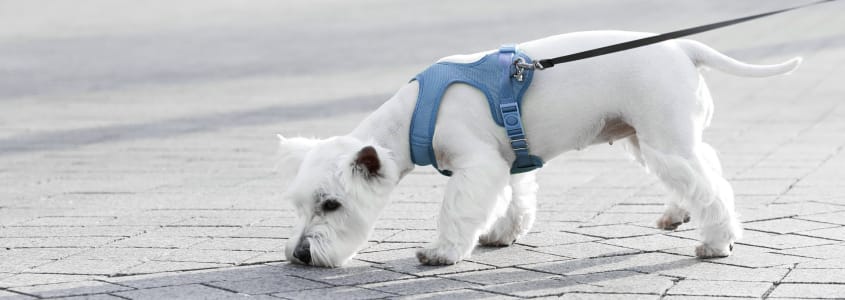Athletes frequently experience ACL injuries, but did you know that dogs can also suffer from a similar type of injury? In today's post, our Milledgeville veterinarians explain the symptoms of ACL injuries in dogs and the surgeries to treat this painful knee injury.
What is the ACL in Dogs?
In veterinary terms, the Anterior Cruciate Ligament (ACL), the Cranial Cruciate Ligament (CCL), is a crucial part of a dog's knee joint. It connects the femur (thigh bone) to the tibia (shin bone), which is vital in stabilizing the knee. When a dog experiences an ACL injury can lead to significant pain and mobility issues, affecting their overall quality of life.
Symptoms of ACL Injuries in Dogs
Recognizing an ACL injury in dogs can be challenging, especially since dogs often hide their pain. Common symptoms include:
- Limping or favoring one leg
- Difficulty rising from a sitting or lying position
- Swelling around the knee joint
- Clicking sounds when the dog moves
- Reluctance to exercise or play
If you notice any of these signs, it's essential to consult your veterinarian promptly.
Can a dog live with a torn ACL?
An untreated ACL injury can severely impact a dog's life. While some dogs may continue to function with a torn ACL, they will likely experience chronic pain and may develop arthritis over time. This condition can lead to decreased mobility and a diminished quality of life. Therefore, addressing an ACL injury promptly is crucial to ensure your dog's well-being.
Treatment Options for Dogs Suffering From ACL Injuries
Several treatment options are available for dogs with ACL injuries. In most cases, surgical and non-surgical options depend on the tear's severity and the dog's overall health. When deciding on the right treatment for your dog, your vet will consider your dog's age, size, weight, lifestyle, and energy level.
Knee Brace
Treating a CCL (Cranial Cruciate Ligament) injury can involve using a knee brace to stabilize the knee joint and support the ligament as it heals. This approach can be successful in some dogs, especially when combined with restricted activity.
Extracapsular Repair - Lateral Suture
Alternatively, surgery may be necessary for some dogs. The extracapsular repair, or lateral suture, involves replacing the damaged ligament with an artificial one outside the joint. This is generally recommended for smaller breeds.
Tibial Plateau Leveling Osteotomy - TPLO
TPLO is a popular and highly successful surgery that aims to eliminate the need for the cranial cruciate ligament (CCL) by cutting and leveling the tibial plateau, then securing it in a new position with a plate and screws.
Tibial Tuberosity Advancement - TTA
TTA surgery involves cutting the top of the tibia, moving it forward, and stabilizing it with a stainless steel metal plate to eliminate the need for the CCL ligament.
Recovery and Rehabilitation
Post-surgery, a dog will require a rehabilitation period to ensure a full recovery. This includes:
- Rest and Restricted Activity: Limiting movement to allow the knee to heal properly.
- Cold laser therapy: It's a non-invasive option to help treat your dog for a faster recovery after surgery.
- Regular Vet Check-Ups: Monitoring the healing process and adjusting the rehabilitation plan as needed.
Note: The advice provided in this post is intended for informational purposes and does not constitute medical advice regarding pets. For an accurate diagnosis of your pet's condition, please make an appointment with your vet.

